According to Circular No. 22/2024/TT-BYT, from January 1, 2025, if hospitals do not provide enough medicine and medical supplies, patients will be prescribed and paid by Health Insurance. However, the Ministry of Health affirmed that this is only a temporary solution to minimize the situation where patients have to pay out of pocket to buy medicine for treatment.
On October 30, the Ministry of Health disseminated Circular No. 22/2024/TT-BYT dated October 18, 2024 of the Ministry of Health regulating the direct payment of drug and medical equipment costs for health insurance patients. The Circular has received special attention from the public as well as medical facilities at all levels and has received many comments to make the regulations more stringent and convincing.
According to Ms. Tran Thi Trang, Director of the Department of Health Insurance (Ministry of Health), the shortage of drugs and medical supplies for health insurance patients has been occurring in many hospitals since the Covid-19 pandemic. This seriously affects the legitimate rights of health insurance participants, when they pay monthly health insurance premiums but when going to see a doctor or get treatment, they still have to spend money to buy drugs and supplies.
The causes of the shortage of drugs and supplies have been analyzed and clarified over the past few years but there is still no conclusion. Many hospitals believe that it is due to difficulties in bidding procedures, the fear of purchasing when the mechanism is still stuck; broken supply sources; drugs and medical supplies, especially rare drugs... are special items, so even in cases where medical facilities have implemented all purchasing and bidding solutions, there is still a risk of shortage of drugs and supplies.
According to Circular No. 22, to be directly paid for drugs and medical supplies, one must meet quite strict conditions. However, during the policy development process, there were opinions that instead of patients having to directly pay the social insurance agency, there should be a mechanism for the hospital to pay the patient, then the hospital pays back the social insurance agency to reduce procedures for the patient.
The Ministry of Health is proposing to amend Article 31 of the Law on Health Insurance this time. If approved by the National Assembly, patients will have two options: Pay directly to the medical examination and treatment facility and the medical examination and treatment facility will reimburse the Social Insurance agency; in case the medical examination and treatment facility does not sign a contract with the health insurance, the patient will pay directly to the Social Insurance agency.
Faced with specific regulations in Circular No. 22, many hospitals have raised scenarios, especially worrying about being sued by patients for not ensuring medical examination and treatment. Hospital representatives proposed that patients pay the hospital, then the hospital pays the social insurance.
The representative of Viet Duc Friendship Hospital said that although Circular No. 22 has resolved many issues, there are still shortcomings for end-line units. Regarding the shortage of drugs and medical supplies in the past, although the hospital has made every effort, there are still times when there is not enough medicine for patients. As a end-line unit, there are cases where even though there is a shortage of treatment drugs, the patient cannot be transferred to another medical facility. Most patients have to buy medicine from outside, and the medicine is not on the list of rare drugs according to Article 2, Clause 3 and Article 1, Clause 2 of Circular No. 22. Therefore, this representative hopes that there will be more in-depth and practical regulations for hospitals, especially end-line hospitals.
A representative of Lao Cai General Hospital commented that if the hospital lacks drugs and patients have to buy them from outside drug retail establishments, the purchase price will be higher than the winning bid price at the hospital. So when the patient pays with health insurance, will they be paid at the outside purchase price? For a patient with long-term treatment, the difference in the purchase price from outside is quite large, so how will this difference be resolved?
In response to many opinions from medical examination and treatment facilities, Deputy Minister of Health Tran Van Thuan said that medicine and medical equipment are important components in medical examination and treatment as well as health insurance payments. Recently, the Ministry of Health has had many solutions to overcome the shortage of medicine and medical supplies. However, in some places, medical examination and treatment facilities still do not provide adequate and timely supplies to patients. This leads to patients having to buy medicine and medical supplies outside the examination facility.
In fact, at any time, a shortage of drugs and medical supplies can still occur due to objective reasons such as having conducted a bidding but there is no winning bidder; or having signed a supply contract with a contractor but at the time of assigning drugs, medical supplies, and medical equipment for patients, the supplier cannot supply due to lack of supply or late delivery of goods...
Currently, there are regulations on direct payment of medical examination and treatment costs between the Social Insurance agency and health insurance participants in cases where medical examination and treatment facilities do not have a health insurance medical examination and treatment contract and do not follow prescribed procedures. In other cases of direct payment, the Law assigns the authority to the Minister of Health to regulate. Therefore, the Ministry of Health has issued Circular No. 22 to ensure the rights of patients participating in health insurance when medical examination and treatment facilities do not have drugs or medical equipment for treatment.
Notably, the drugs in short supply due to medical facilities not being able to purchase or supply are mostly drugs for treating rare diseases and drugs with limited supply on the market. Meanwhile, the conditions for applying the Circular are very strict, and if not implemented properly, many problems will arise. Therefore, the Ministry of Health noted that hospitals need to consider specifically which cases and conditions can apply Circular No. 22 to prescribe drugs for patients to buy from outside.
To avoid abuse and profiteering in prescribing and instructing patients to buy their own medicines and medical equipment, the Ministry of Health requires the health departments of provinces and cities to be responsible for urging, inspecting and checking the procurement, ensuring the availability of medicines and medical equipment for medical examination and treatment for health insurance participants. On the other hand, strengthen the inspection and urging of medical examination and treatment facilities to avoid abuse and profiteering in prescribing and instructing patients to buy their own medicines and medical equipment; strictly handle violations.
Circular No. 22 is a new step in protecting the rights of patients when hospitals have been short of drugs and supplies for many years. However, this is still a temporary solution. The sustainable solution is for hospitals to proactively organize purchases and ensure adequate supply of drugs, supplies, and medical equipment for health insurance patients.
Source: https://nhandan.vn/quy-dinh-nguoi-benh-duoc-thanh-toan-truc-tiep-thuoc-vat-tu-y-te-chi-la-giai-phap-tinh-the-post842217.html


![[Photo] Prime Minister Pham Minh Chinh receives CEO of Standard Chartered Group](https://vstatic.vietnam.vn/vietnam/resource/IMAGE/2025/4/2/125507ba412d4ebfb091fa7ddb936b3b)

![[Photo] General Secretary To Lam receives Russian Ambassador to Vietnam](https://vstatic.vietnam.vn/vietnam/resource/IMAGE/2025/4/2/b486192404d54058b15165174ea36c4e)

![[Photo] Comrade Khamtay Siphandone - a leader who contributed to fostering Vietnam-Laos relations](https://vstatic.vietnam.vn/vietnam/resource/IMAGE/2025/4/3/3d83ed2d26e2426fabd41862661dfff2)
![[Photo] Prime Minister Pham Minh Chinh receives Deputy Prime Minister of the Republic of Belarus Anatoly Sivak](https://vstatic.vietnam.vn/vietnam/resource/IMAGE/2025/4/2/79cdb685820a45868602e2fa576977a0)
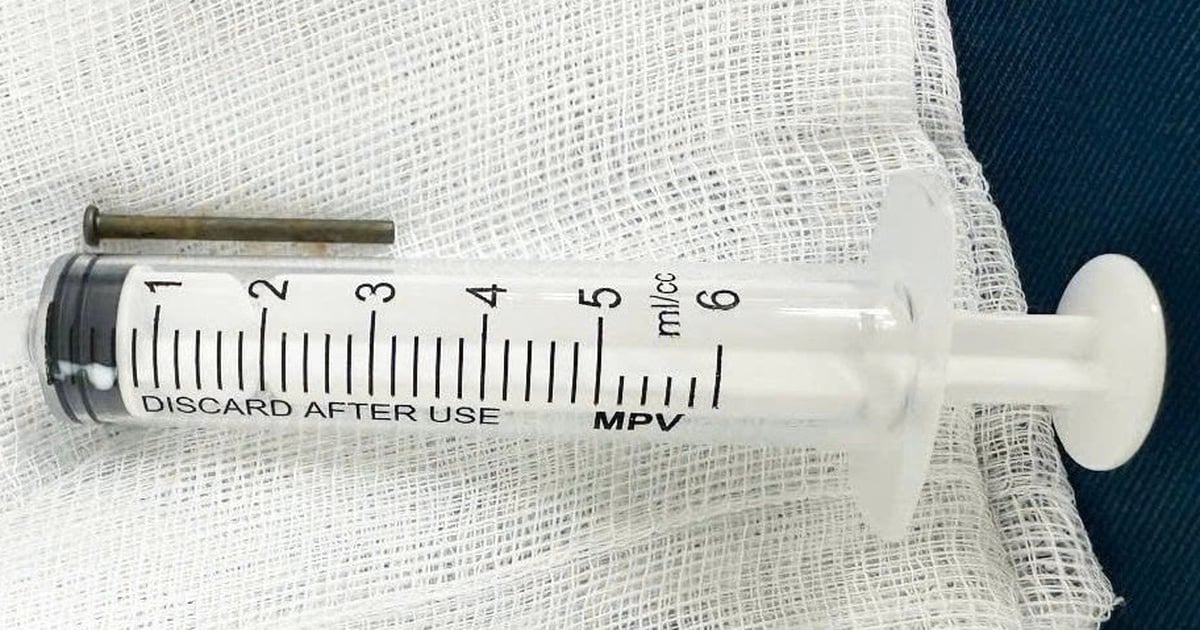




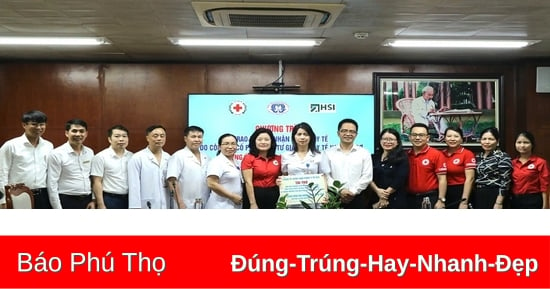

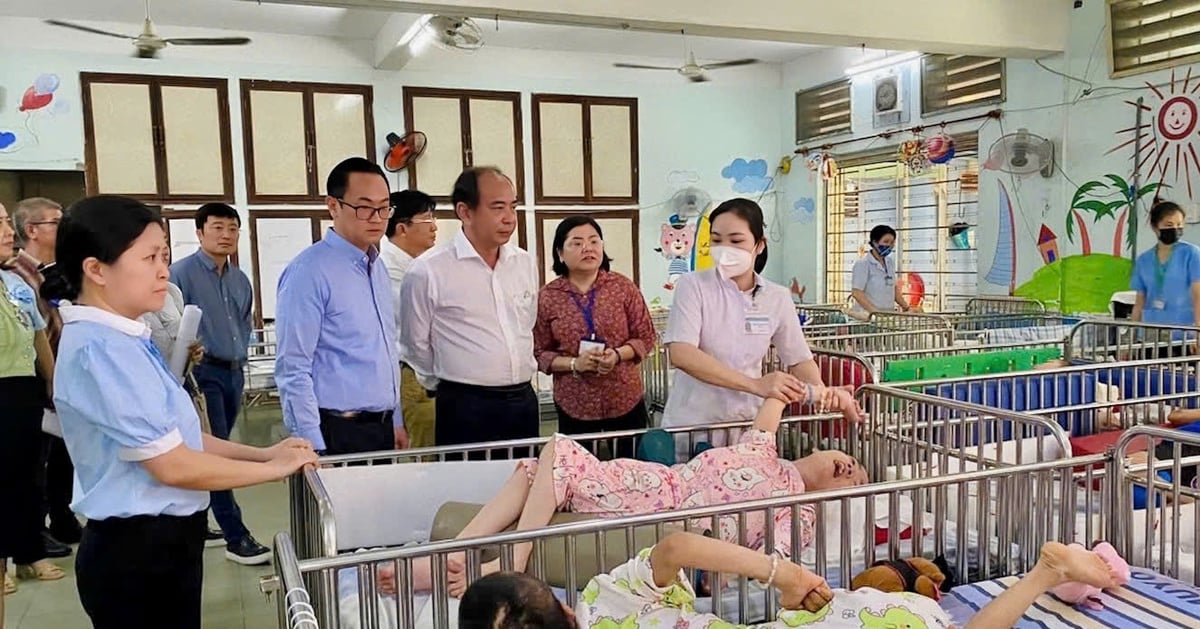
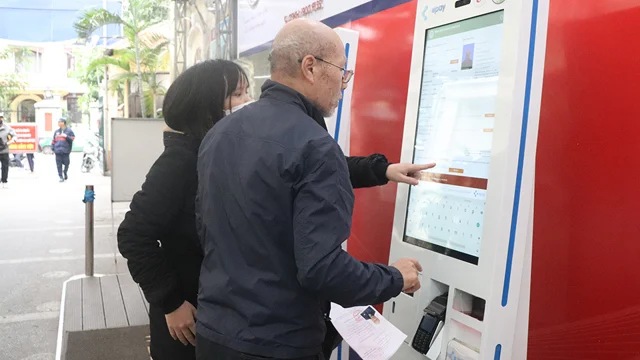



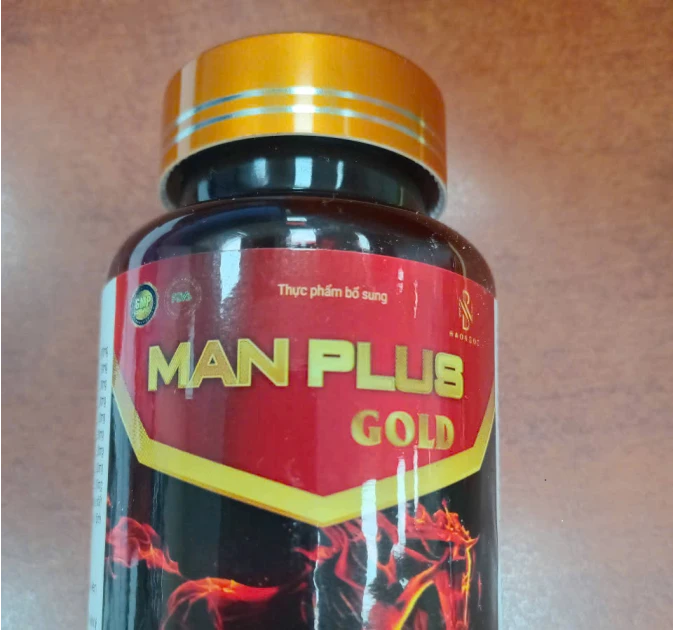
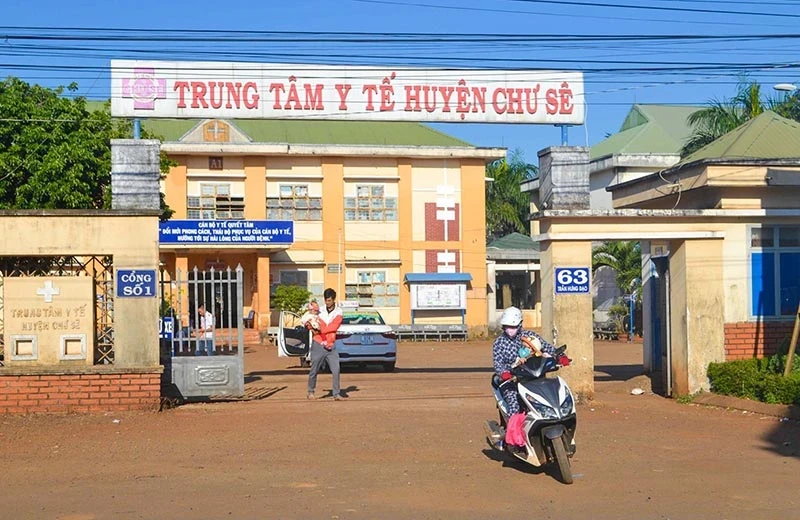
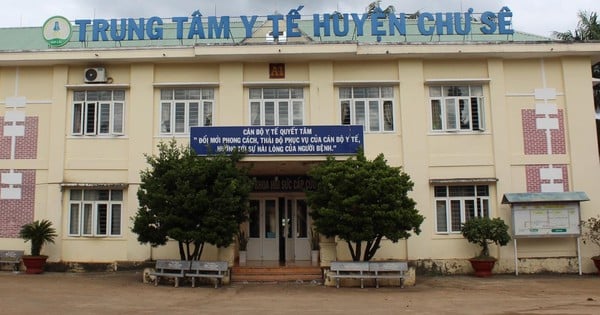
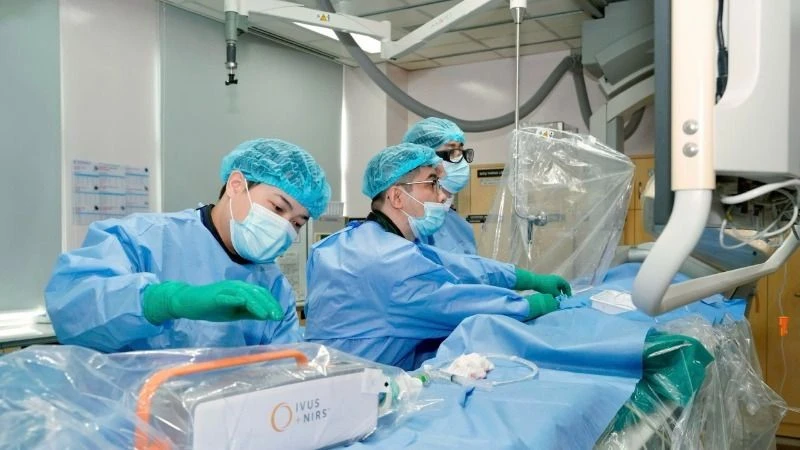




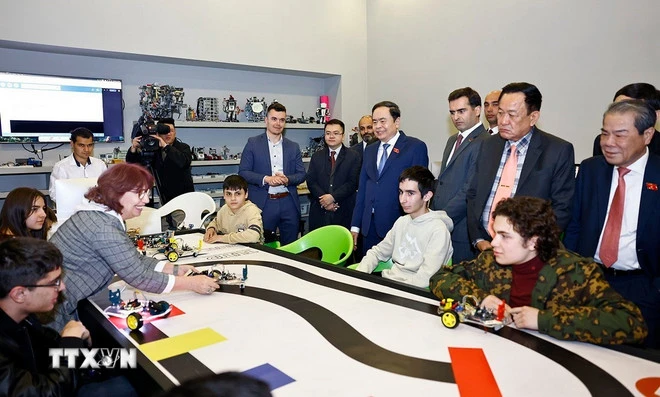
![[Video] Son Cha: The mysterious pearl island of the "livable city"](https://vstatic.vietnam.vn/vietnam/resource/IMAGE/2025/4/2/d2546dc4da6a48ac9eaebf25d62ae7a8)







































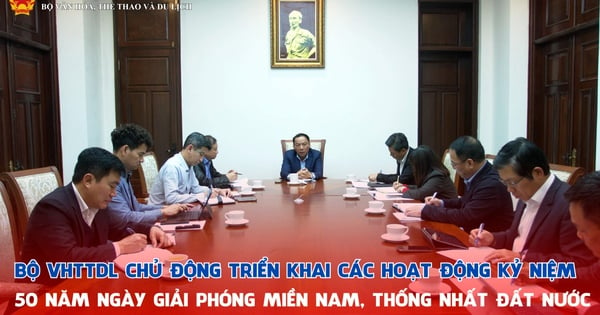

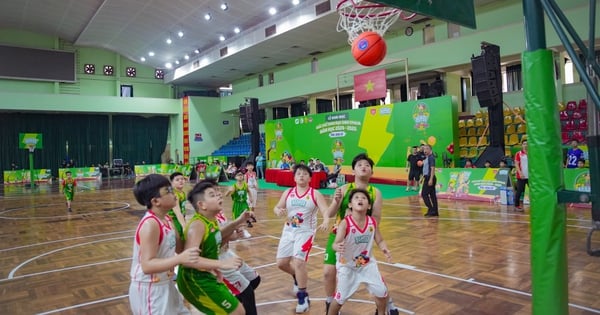




![[Podcast] News on March 26, 2025](https://vstatic.vietnam.vn/vietnam/resource/IMAGE/2025/4/3/c3d9c3c48b624fd9af79c13ff9e5c97a)
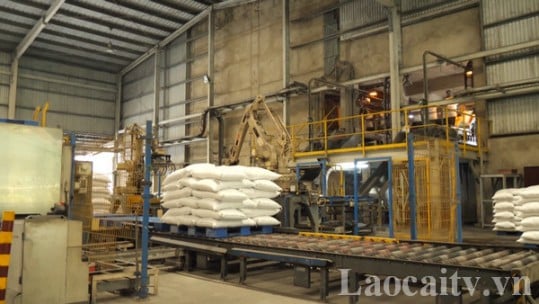
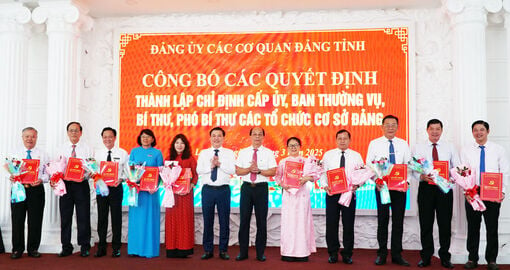
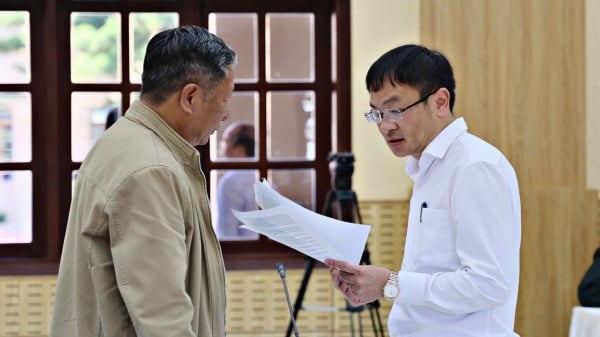

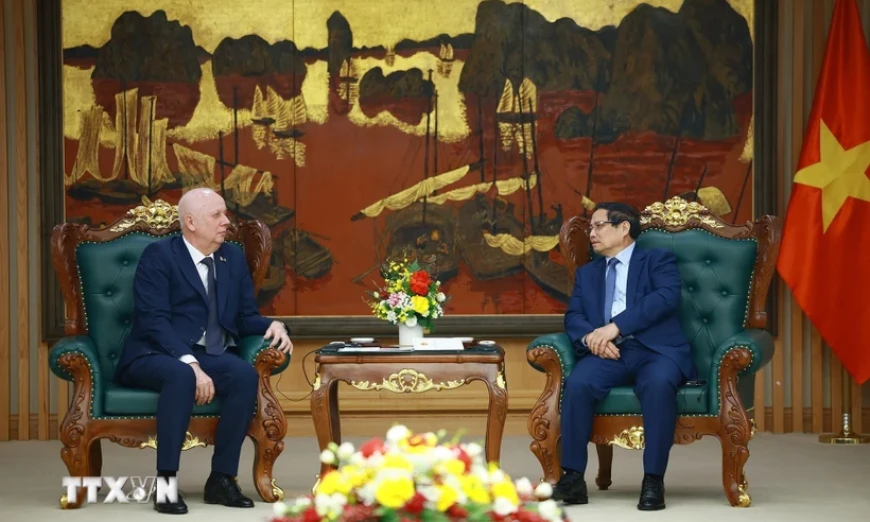












Comment (0)